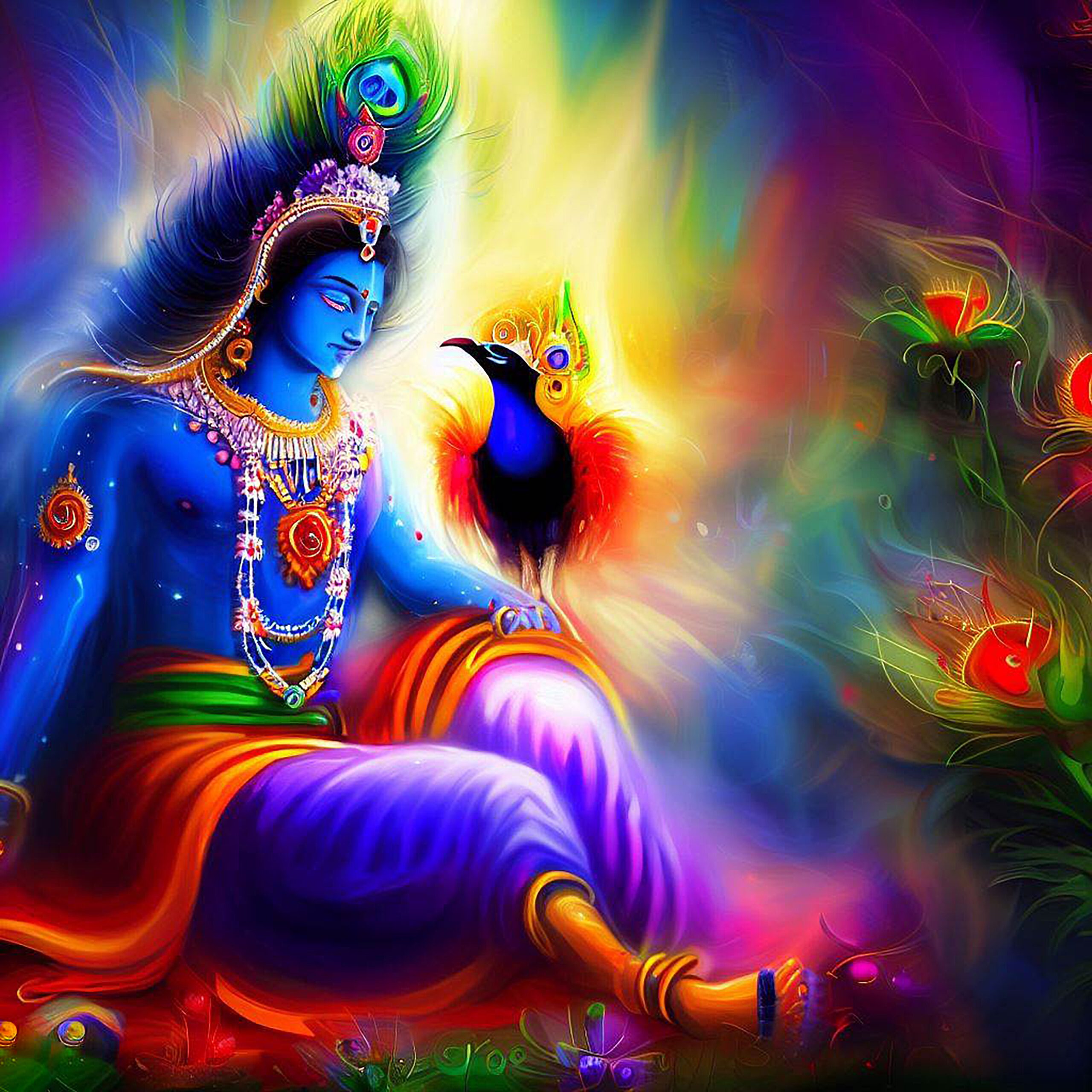Introduction
The Mahabharata is an ancient Indian epic poem that is considered one of the greatest works of literature in the world. It is a long and complex poem that tells the story of a dynastic struggle for the throne of Hastinapura, a kingdom located in northern India. The poem is traditionally attributed to the sage Vyasa and is believed to have been composed in the 4th century BCE, though it is likely that it took shape over centuries through oral tradition before being written down.

The Mahabharata is an epic of extraordinary length and complexity, it is one of the longest epic poems in the world, with over 100,000 verses. The poem is divided into 18 books called parvas and tells the story of the Kuru dynasty. The central conflict of the poem is the struggle for the throne of Hastinapura between the Kuru prince, Dhritarashtra, and his cousin, Pandu. Dhritarashtra is born blind and is passed over for the throne, which is given to Pandu. Pandu has five sons, the Pandavas, and Dhritarashtra has one hundred sons, the Kauravas. The conflict between the Pandavas and the Kauravas results in a great war that destroys the Kuru dynasty and nearly all the major characters in the epic.
One of the most striking elements of The Mahabharata is the portrayal of its characters as complex and multi-faceted. The characters are not simply good or evil but are driven by a complex set of motivations and desires. The poem also explores the themes of duty, morality, and the nature of reality.
The Mahabharata is also notable for its use of symbolism and allegory. The poem is filled with stories within stories, and it uses these stories to convey deeper truths and insights about the human condition. The poem also explores the concept of Dharma, which is the moral and ethical code that governs the behavior of individuals and society. The poem presents a vision of a just and harmonious society where individuals live in accordance with their dharma and fulfill their duties and responsibilities to their family, society, and to the gods.
The Mahabharata is also notable for its portrayal of the gods and goddesses, who play a significant role in the poem. They are not distant and detached figures, but they actively intervene in the affairs of mortals. The gods are portrayed as having human-like emotions and motivations, and they are often shown as being petty and vindictive. This adds an extra layer of complexity to the poem and it highlights the theme of fate and the role of the gods in human affairs.
The Mahabharata is also notable for its use of rich and evocative imagery, which is used to convey the beauty and majesty of ancient Indian landscape and culture. The poem is filled with vivid descriptions of nature, landscapes, and architecture, which serve to create a sense of realism and immediacy.
The Mahabharata is also considered as a source of Hindu philosophy, it is a complex and multi-layered work that deals with a wide range of themes and subjects such as the nature of reality, the concept of karma, the cycle of rebirth, and the ultimate goal of human life which is the attainment of moksha or liberation from the cycle of birth and death.
In conclusion, The Mahabharata is an ancient Indian epic poem that is considered one of the greatest works of literature in the world. It tells the story of a dynastic struggle for the throne of Hastinapura and explores themes of duty, morality, and the nature of reality. The poem is known for its complex and multi-faceted characters, its use of symbolism and allegory, its portrayal of the gods and goddesses, and its use of rich and evocative imagery. The Mahabharata continues to be widely read, studied and admired in India and around the world, and it remains an essential work of world literature.







[…] one of the most important ancient sages in Indian tradition. He is best known as the author of the Mahabharata, one of the two major Sanskrit epics of ancient India, the other being the Ramayana. He is also […]